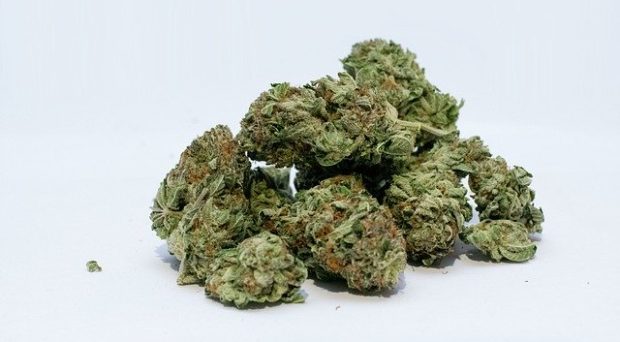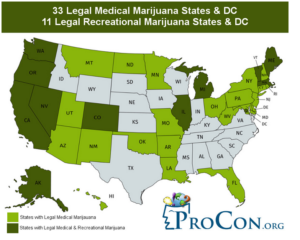
Marijuana or cannabis is one of the most commonly used drugs among youth in the US. To date, 33 US states and the District of Columbia have legalized medical marijuana use. 11 of these as well as the District of Columbia have legalized the drug for recreational use. The detailed state information can be found here.
How do these policies influence marijuana use behaviors among youth?
To answer these questions, many researchers have studied the relationship between marijuana laws and marijuana use behaviors in different populations using individual or ecological level data. Results have been inconsistent. A majority of these studies indicated no effect or protective effect of marijuana laws on youth’s marijuana use behaviors, and several studies reported opposite findings (see the summaries here).
After an in-depth review of those published studies either supporting a protective effect or no effect, or indicating a risk effect of the legalization of marijuana use, we identified several crucial limitations of the statistical methods used in previous studies. These can be found in our study published today in BMC Public Health as well as our research published in the Journal of Drug Education.
 To address the limitations of the previous studies and figure out the potential relationship between historical events (e.g. drug use policies in general, marijuana policies in particular, and other marijuana-related social movements and events) and marijuana use behaviors among US youth, we analyzed data from National Survey on Drug Use and Health which is a 31-wave nationwide survey. The Age-Period-Cohort modeling analysis was used for data analysis, and can provide more precise and unbiased estimation of the time trend by controlling for the effects from age and birth cohort. One of our studies published in JAMA Network Open applied the same method to estimate the unbiased time trend of suicide among US youth.
To address the limitations of the previous studies and figure out the potential relationship between historical events (e.g. drug use policies in general, marijuana policies in particular, and other marijuana-related social movements and events) and marijuana use behaviors among US youth, we analyzed data from National Survey on Drug Use and Health which is a 31-wave nationwide survey. The Age-Period-Cohort modeling analysis was used for data analysis, and can provide more precise and unbiased estimation of the time trend by controlling for the effects from age and birth cohort. One of our studies published in JAMA Network Open applied the same method to estimate the unbiased time trend of suicide among US youth.
Findings of the adjusted time trend in the current research indicate that when there were national or state policies or movements against marijuana use, such as the Controlled Substances Act, Anti-Drug Abuse Act, and War on Drugs movement, marijuana use among youth would decrease. On the other hand, when there were relatively loose marijuana policies, or movements, such as marijuana decriminalization movements, Medical Marijuana Laws, and Recreational Marijuana Laws, marijuana use among youth would increase accordingly. Additionally, the adjusted time trend was significantly associated with the proportion of the US population covered by Medical Marijuana Laws, especially in the last 15 years.
Considering the fact that more and more US states are legalizing medical and recreational marijuana use, emphasizing the responsible use and developing potential prevention programs targeting youth are essential to protect youth from using marijuana.
Comments